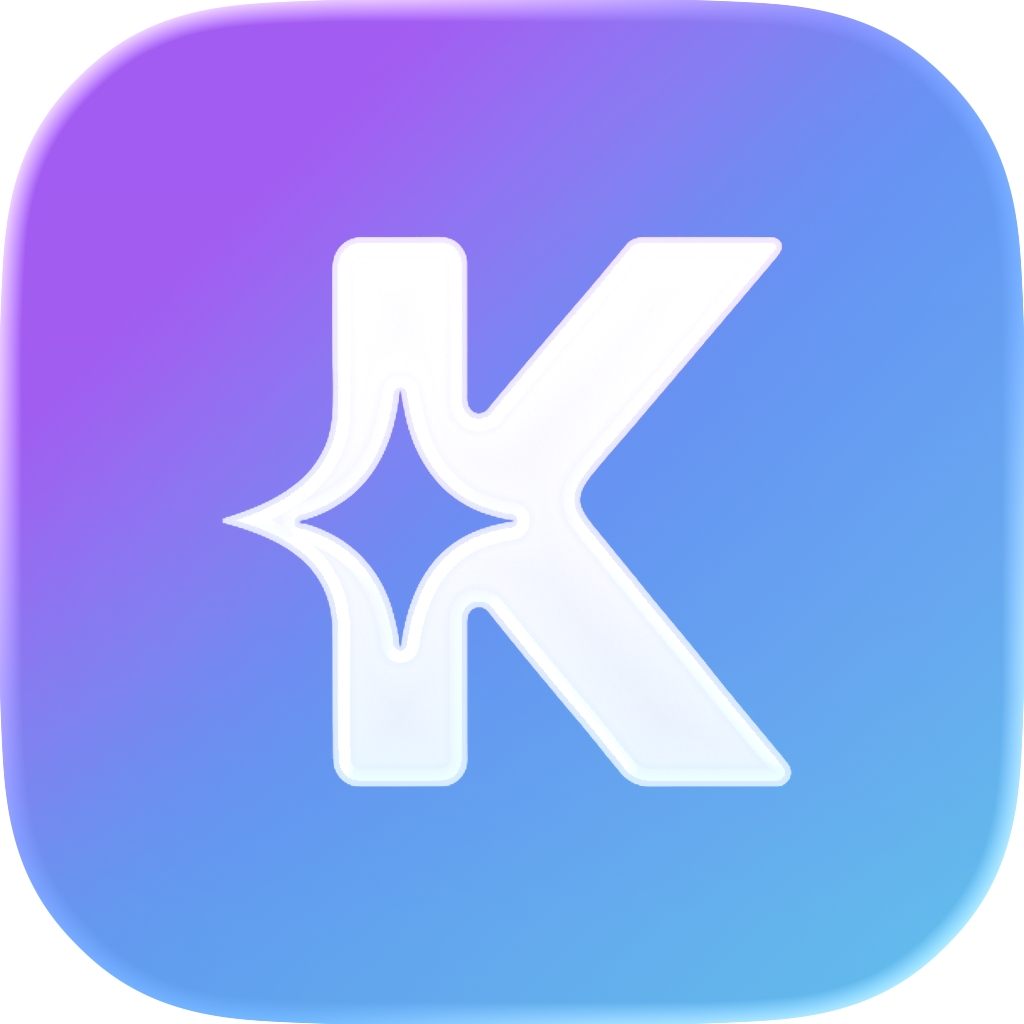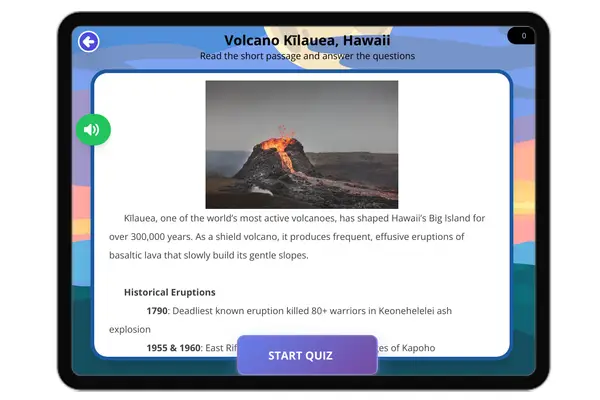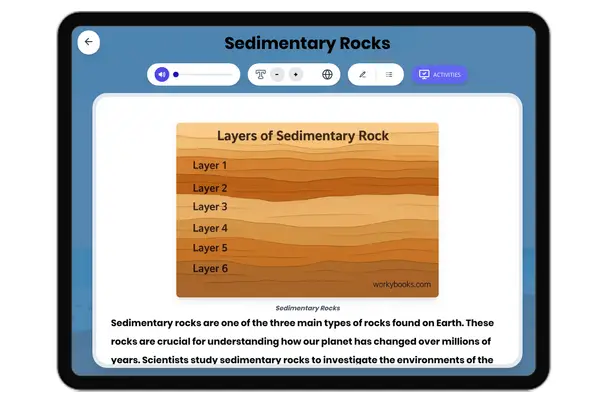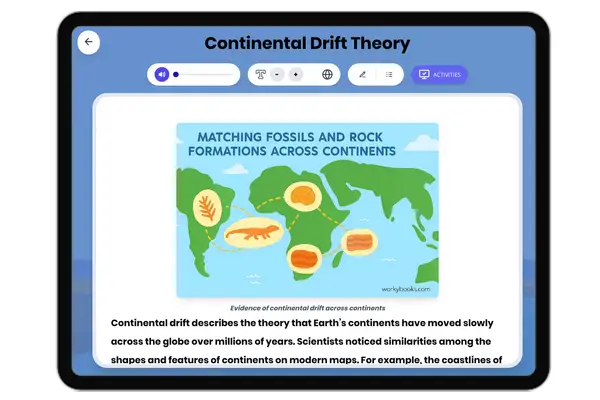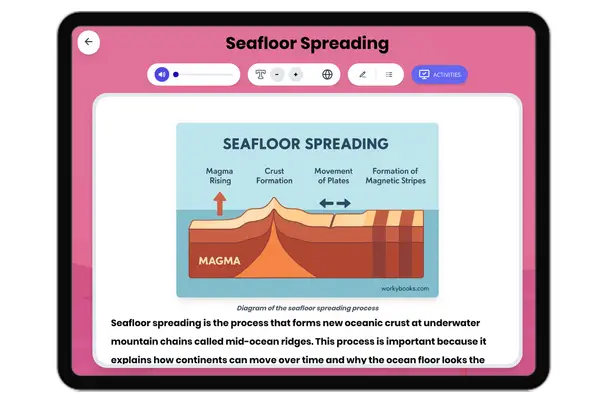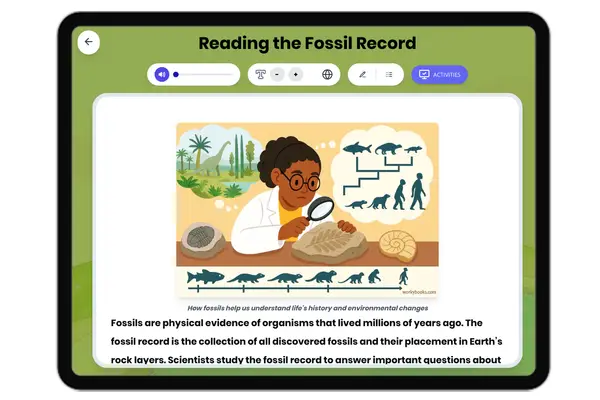Extrusive Igneous Rocks: Formation and Features — Reading Comprehension
Grades
- 5
- 6
- 7
- 8
Standards
- MS-ESS2-3
- RI.6.1
- RI.7.4
- RI.8.2
PRINT+DIGITAL RESOURCE
This learning resource is available in interactive and printable formats. The interactive worksheet can be played online and assigned to students. The Printable PDF version can be downloaded and printed for completion by hand.
About This Reader
This educational passage describes extrusive igneous rock formation through rapid cooling of lava on Earth's surface. It covers key features like fine-grained textures, glassy appearances (obsidian), and porous structures (pumice), with examples including basalt, obsidian, pumice, and rhyolite. Aligned with NGSS MS-ESS2-3 (Earth's Systems) for understanding rock formation processes and CCSS.ELA-LITERACY.RI.6.7 for interpreting scientific information. The informatyional text explains how these volcanic rocks provide evidence of past eruptions and geological activity. It highlights the relationship between cooling rates and rock textures, while connecting to practical uses in construction and industrial applications. The content supports earth science curriculum standards about rock cycles and volcanic processes.
Perfect For:
👩🏫 Teachers
- • Reading comprehension practice
- • Auto-graded assessments
- • Literacy skill development
👨👩👧👦 Parents
- • Reading practice at home
- • Comprehension improvement
- • Educational reading time
🏠 Homeschoolers
- • Reading curriculum support
- • Independent reading practice
- • Progress monitoring
Reading Features:
📖
Reading Passage
Engaging fiction or nonfiction text
❓
Comprehension Quiz
Auto-graded questions
📊
Instant Feedback
Immediate results and scoring
📄
Printable Version
Download for offline reading
🔊
Read Aloud
Voice-over with word highlighting
